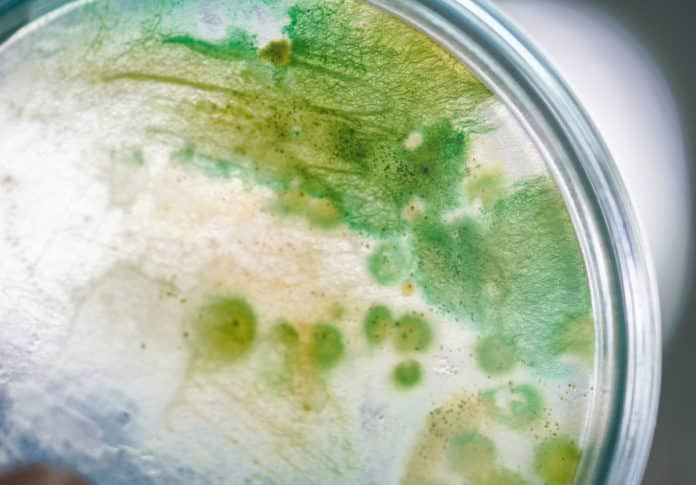Estuarine Bacteria Metabolism 1 Million Times Slower – Eat Centuries Old Food
Just imagine having a metabolic rate of 1 million times slower than another person. This is what happens in those bacterias living in sediments at the way bottom of deep oceans and rivers. These microbes living at the bottom, only divide every 10 to 10,000 years. Just compare the Estuarine Bacteria Metabolism to that of lab-grown microbes thriving in a nutrient-rich environment with all the factors required for their growth, such as Escherichia coli, which can divide in as little as 20 minutes.
Dead and organic detritus that sinks down into marine and estuarine sediments lock away carbon. As a matter of fact, practically fifty percent of natural organic carbon burial worldwide happens in estuaries as well as river delta systems. However, the mechanisms that regulate how much carbon is buried instead of that released into the atmosphere as carbon dioxide, a greenhouse gas, is still poorly recognized.
An upcoming study by researchers from the University of Tennessee, Knoxville, University of Texas-Austin and also the University of North Carolina at Chapel Hill found that bacterias with slower metabolism residing and estuarine sediments – Estuarine Bacteria, or the subsurface, are consuming
food that is centuries old as well as of extremely poor quality.The scientists studied the debris and sediment cores from the White Oak River in North Carolina. The cores cover roughly 275 years of product material that sunk to the subsurface. Researchers discovered that the much deeper the microbes in the core, the slower they broke down their food, with a 1000-fold difference between microbes on top contrasted to the bottom of the sediment core.
The deep subsurface bacterias with slower metabolism were able to utilize enzymes to break down the centuries-old proteins and carbohydrates. The subsurface microorganisms with slower metabolism are well-adapted to where they live and also what they have to consume.
In addition to eating old, poor-quality food, the ocean subsurface Estuarine Bacterias – tend to have more genes for DNA repair and also for spore development, which are survival systems in the subsurface. Spore formation enables these microbes to become dormant and also to survive tough conditions.
Dr. Andrew Steen, who led the study, said that their work shows that those bacterias with slower metabolism are living the same way as any other microbe does but just that the metabolism is way slower and with some improved ability to eat and survive upon the low-quality food in their environment.
Understanding the fact of how ocean subsurface bacteria live successfully on low-quality resources could uncover how to slow down metabolism in human organs so that they can survive longer during transplants. It is equally important to have a better understanding of how and where carbon is stored, which could protect us from the self-reinforcing cycles of climate change.






























